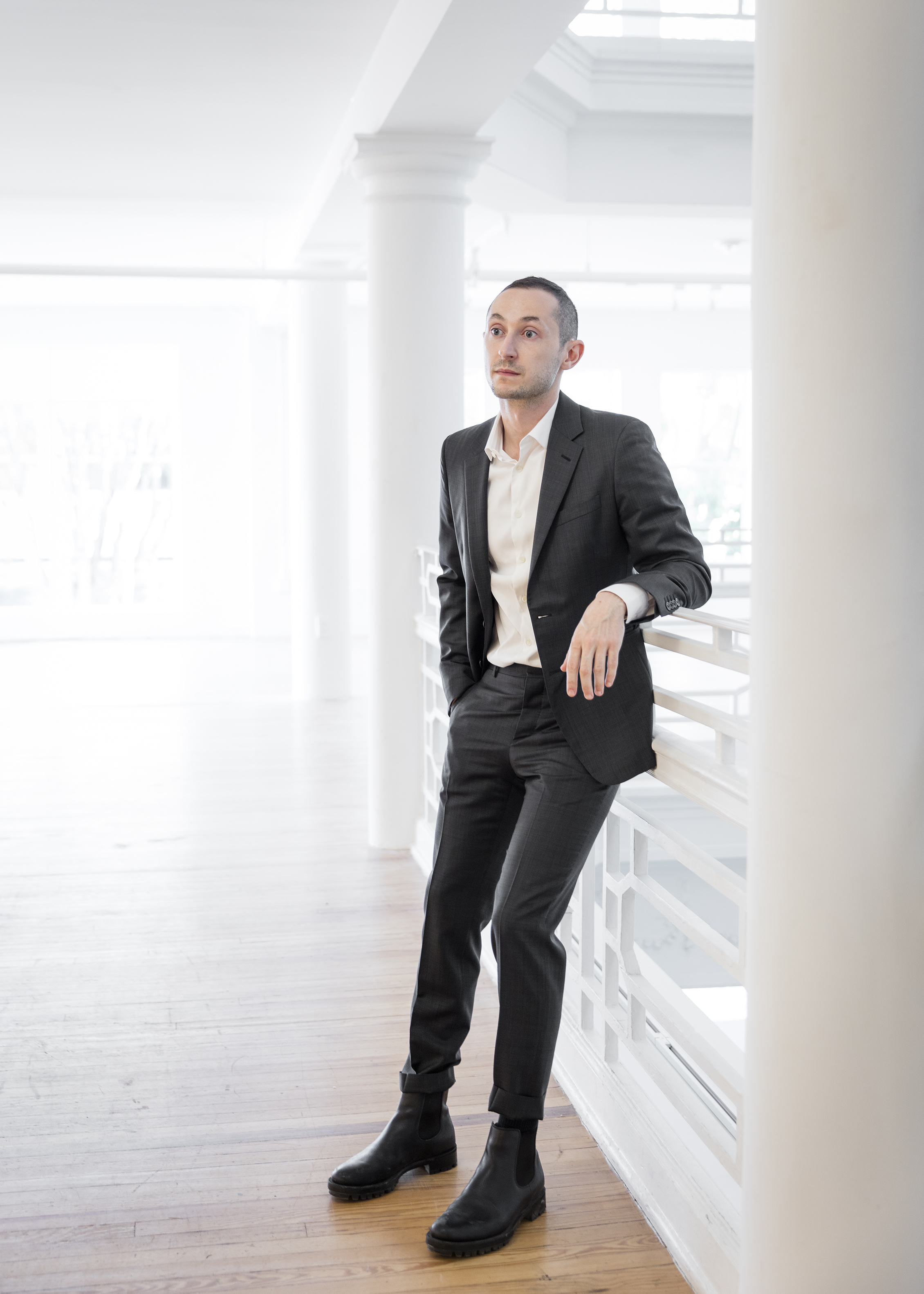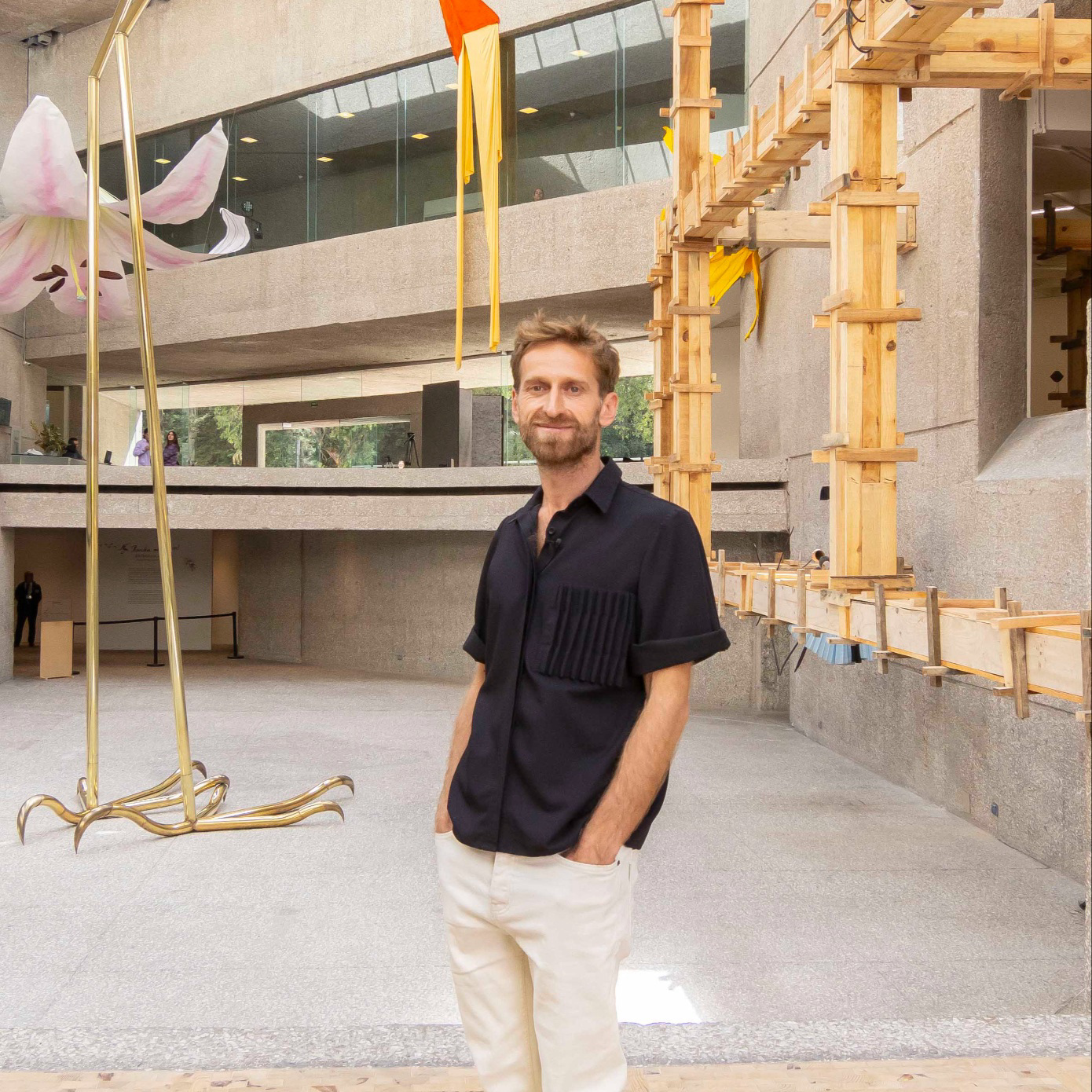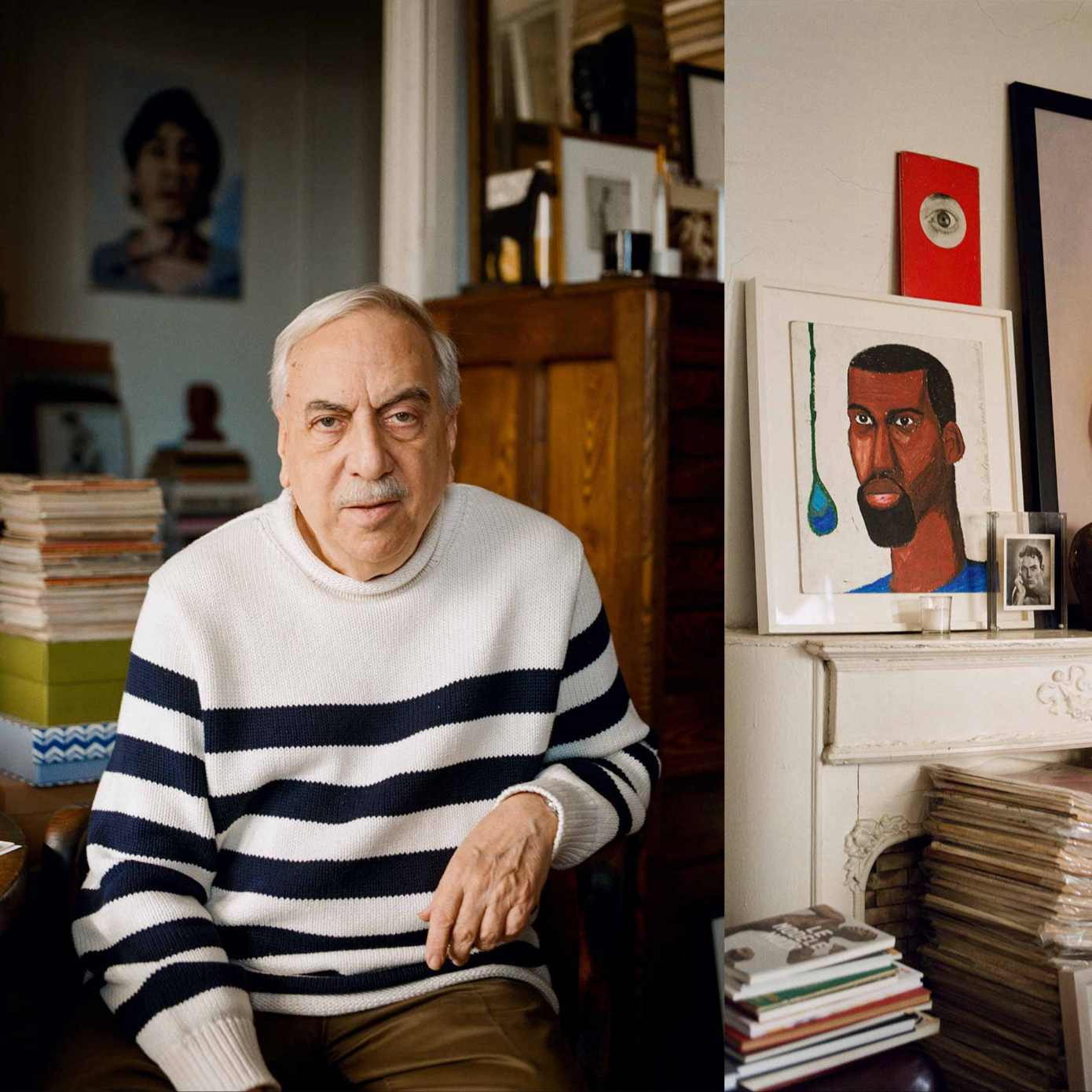
Since its debut in 2009, the New Museum Triennial has established itself as New York's only recurring international exhibition devoted to a global spectrum of emerging artists. Its fourth rendition—curated by Alex Gartenfeld of ICA Miami along with the New Museum's own Gary Carrion-Murayari and Francesca Altamura—features about 30 artists whose work identifies and tackles the obstacles in the way of collectivity and seeks to disrupt the social, political and economic structures that divide people. Cultured's Editor in Chief, Sarah Harrelson, sat down with Alex Gartenfeld to discuss what the triennial means for New York and the art world.
When planning "Songs for Sabotage," did you look at the previous iterations of the triennial? Was there anything inspiring from those shows that you adopted into yours?
Gary Carrion-Murayari and I thought extensively about how previous incarnations of this exhibition have addressed forms of technology and protest, and about how much has changed globally in the past few years. In fact, one of our inspirations was the institutional and ideological values behind the New Museum Triennial as an exhibition series. The exhibition franchise has to date highlighted practices by young artists, while proposing to explore global strategies. Previously described as a “generational” survey, the Triennial implicitly and explicitly weds the notion of youth to international movements in order to link artistic potential (both criticality and marketability) to demographics. Through its emphasis on age, the exhibition series draws on a conception of youth culture rooted in the phenomenon of 1960s counterculture, and its implication that young people—fresh, savvy, plugged in, restless or ready to work—index political transformation.
Where did the provocative title "Songs for Sabotage" come from?
The title is of course a paradox: songs are loud and sabotage is quiet. Songs indicate public protest (or just enjoyment); and sabotage involves temporary complicity with an oppressive system. We sought to bridge these positions. Further, with this exhibition, we sought to explore the connections between artists working globally and their critical approaches to the political phenomena of our times. “Songs for Sabotage” proceeds from the observation that art—no matter its orientation—expresses cultural value as propaganda, and more than ever has the power to reach and reflect upon diverse constituencies in order to mobilize its contents and values. It is also important to note the theoretical contributions of Evan Calder Williams, who wrote a text for our catalogue, and who has written in depth on the history of sabotage as a political form.

You just finished another big group show, "The Everywhere Studio," at the ICA Miami. Were there lessons you learned putting together that exhibition that helped you put together this show?
“The Everywhere Studio,” the inaugural exhibition at ICA Miami (which I co-organized with my colleagues Gean Moreno and Stephanie Seidel), is an art historical exhibition that looks at the development of labor in the artist’s studio. We also viewed it as a way of considering the representation of the role of the artist in mainstream culture, and as a way of thinking about how artistic work relates to all other forms of work. This is a central question when considering the role—and political engagement—of young artists today.
The New Museum operates in a city with several contemporary institutions; what do you see as the role of this show within the broader context of the city’s programming?
The Triennial is the only recurring US exhibition dedicated to global emerging artists, which makes it stand out even in a city saturated with contemporary art. We also thought about the extent to which during the 20th Century annual exhibitions beginning with documenta in Kassel sought to restart history or put locations “on the map.” The beginning of the 21st century has seen reversals of east and west, and the rise of the global South; and today the primacy of New York and Europe is in unquestionable doubt. The notion of a global show in New York—while the United States is mired in isolationism and nationalism—is a compelling provocation.

In the press release it says, "the artists included takes on structures that stand in the way of collectivity." Did putting together this exhibition create a sense of camaraderie amongst the participants?
Our hope is certainly that by inviting so many artists to exhibit in New York for the first time, that it draws out unmistakable parallels between the political and cultural tumult being experienced in Brazil, China, India and beyond.
What do you hope the audience takes away from the show?
Our hopes as curators are to introduce important new voices and their relevant positions. We are honored to be showing these artists at a crucial period—and excited that, for instance, Manuel Solano will be showing his paintings for the first time in New York. They are incredible allegories of agency and impotence. The same might be said for Shen Xin in the New Museum’s lobby gallery, whose multi-channel video explores dueling ideologies of science and spirituality; and the belief systems built into the new genetic sciences of our time.



